AARP Hearing Center


A little-known tax credit could save low- and moderate-income earners $1,000 annually as they sock away funds for retirement.
The Retirement Savings Contribution Credit, commonly called the Saver’s Credit, is based on contributions to a qualified retirement plan, including a traditional or Roth IRA, 401(k), 403(b), 457(b), SIMPLE plan, SARSEP, 501(c)(18)(D) plan, and contributions made to an ABLE account for which you are the designated beneficiary.
To qualify for the credit in the 2023 tax year, adjusted gross income (AGI) can’t exceed $73,000 for married couples filing jointly, $54,750 for head of household filers and $36,500 for any other filing status. The credit is a maximum $1,000 ($2,000 for joint filers if both spouses made qualifying retirement contributions).
Your AGI is the amount on line 11 of your 1040 form. As AGI rises, the tax credit phases out. Rollover contributions from an existing plan do not qualify for the credit.
Unlike a tax deduction, which reduces your taxable income, a tax credit reduces your taxes, dollar for dollar. If you owed $800 in federal income taxes and had a $700 credit, your tax bill would shrink to $100. The Saver’s Credit can reduce your tax bill to zero, but unlike some tax credits, it can’t turn a tax bill into a refund. If you owed $500 and had a $700 tax credit, your tax bill would be zero.
The IRS has an online tool to help you determine if you qualify for the Saver’s Credit.
Often overlooked
Only 47 percent of U.S. workers know about the Saver’s Credit, a 2023 survey by the Transamerica Center for Retirement Studies found. Far fewer use it, even among those at the qualifying income levels.
“So very few people claim it at the moment. It’s a little too complicated,” says Ida Rademacher, executive director of the Aspen Institute’s Financial Security Program. “But there’s still a real opportunity for households who are eligible for it, if they knew about it and would take advantage of it.”





























































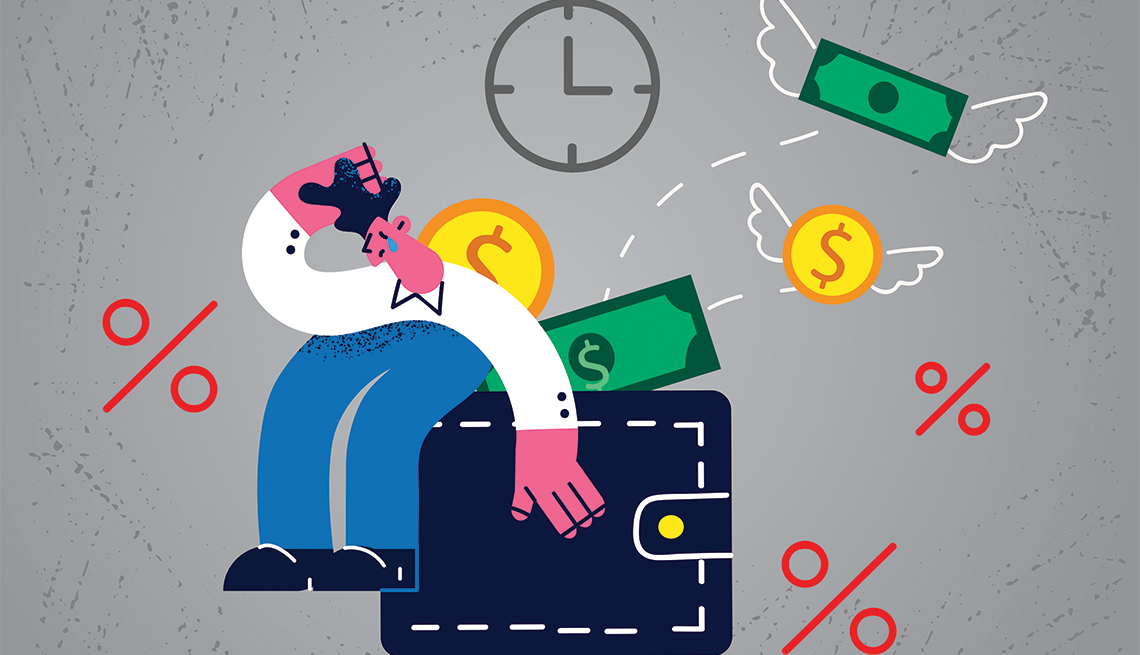

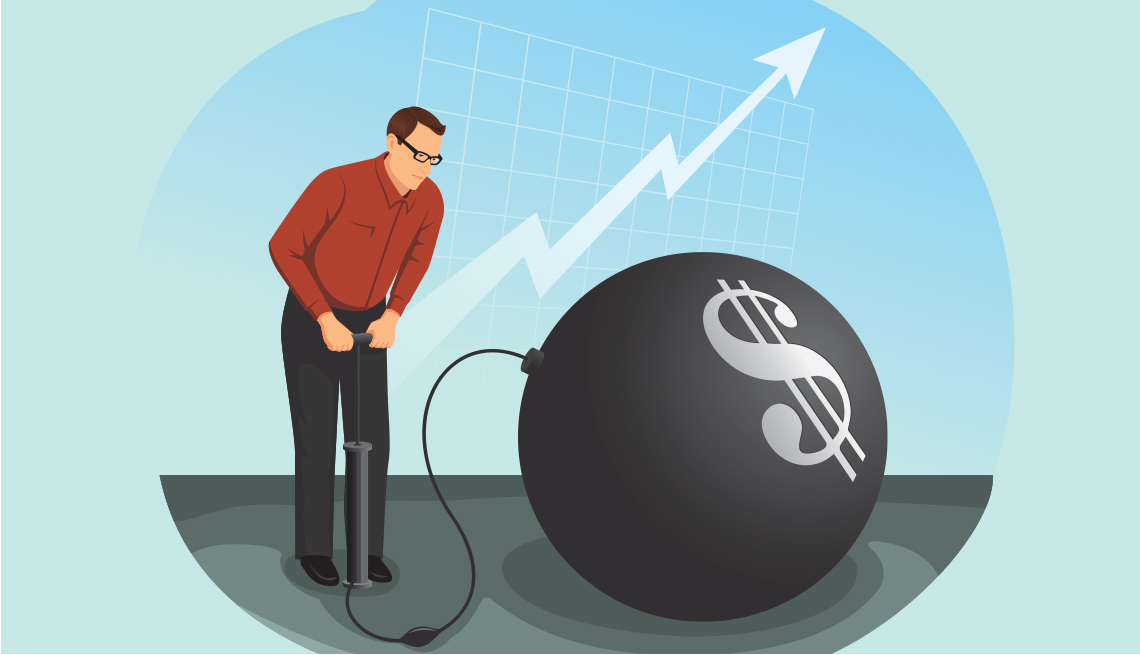




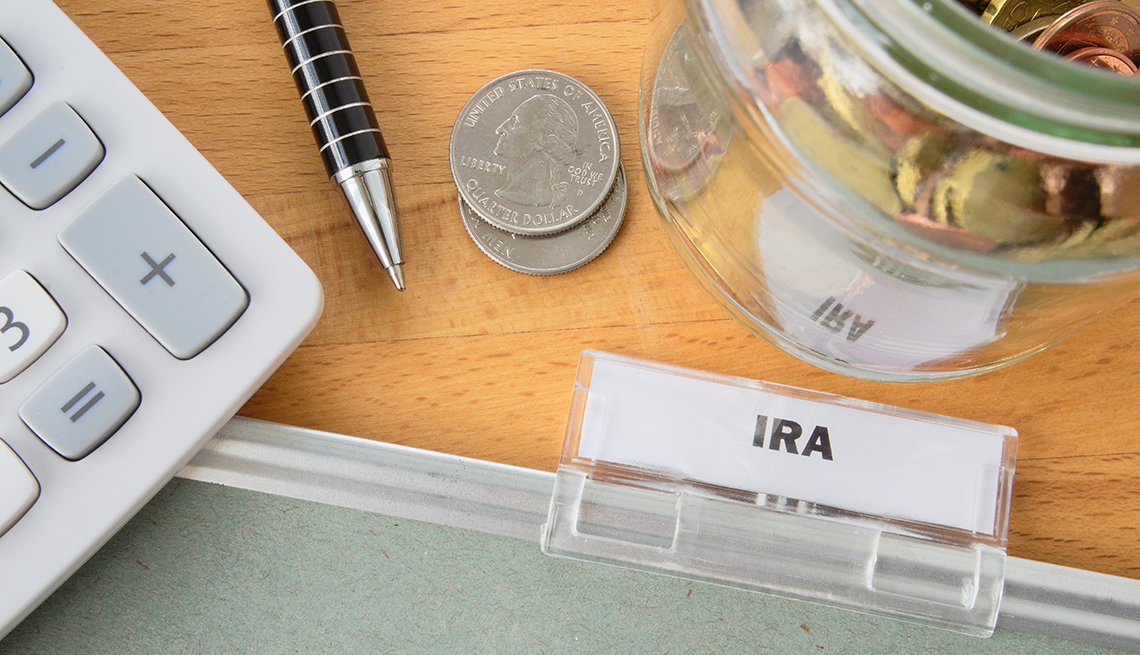

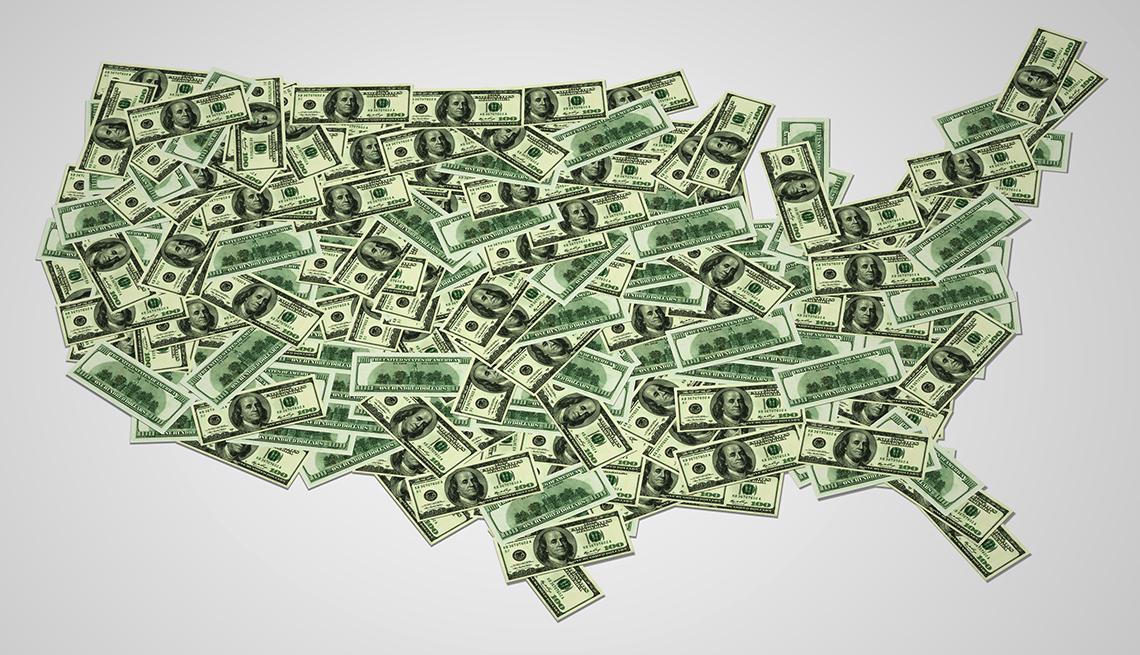




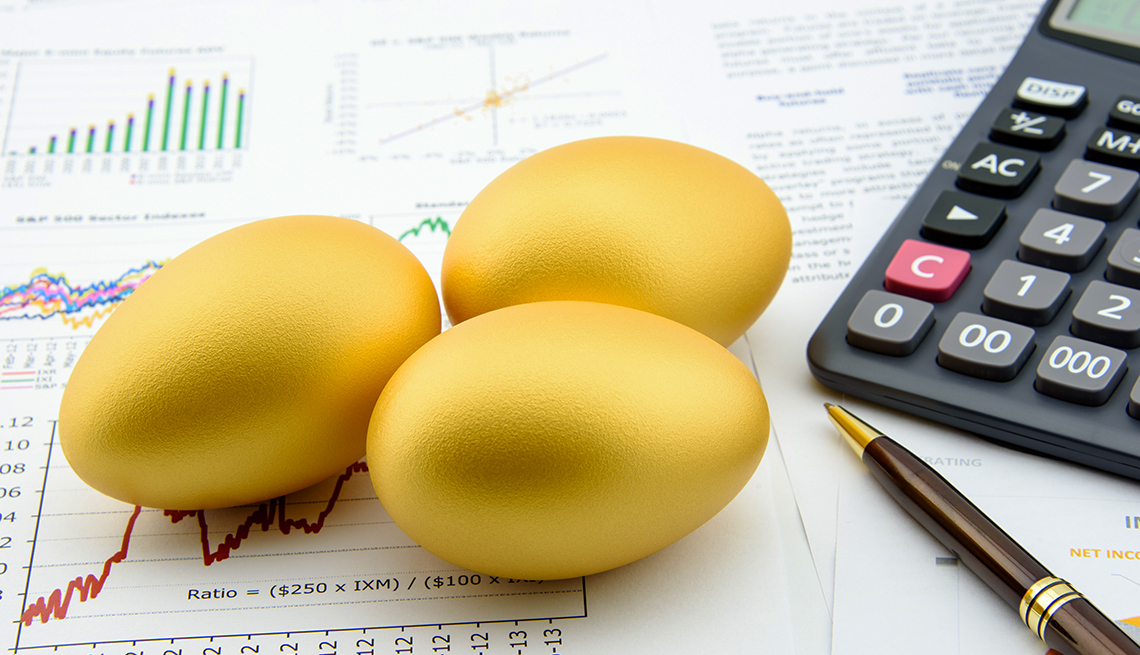







More From AARP
Boost Your Tax Return With the Earned Income Tax Credit
You can turn a tax bill into a tax refund with this tax credit
These 13 States Don’t Tax Retirement Distributions
Every penny from your nest egg counts when you’re retired
Recommended for You